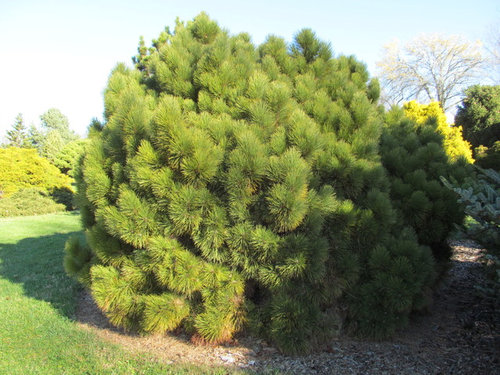P. resinosa 'Morel'
maackia
8 years ago
last modified: 8 years ago
Featured Answer
Sort by:Oldest
Comments (11)
Related Professionals
Harrison Landscape Architects & Landscape Designers · Severn Landscape Architects & Landscape Designers · Allentown Landscape Contractors · Dallas Landscape Contractors · East Chicago Landscape Contractors · Homewood Landscape Contractors · Las Vegas Landscape Contractors · Milford Landscape Contractors · North Potomac Landscape Contractors · Parkland Landscape Contractors · Reedley Landscape Contractors · San Benito Landscape Contractors · Tavares Landscape Contractors · Vermilion Landscape Contractors · Tyngsboro Landscape Contractorsmaackia
8 years agolast modified: 8 years agogardener365
8 years agomaackia
8 years agogardener365
8 years agoMike McGarvey
8 years agogardener365
8 years agomesterhazypinetum
8 years agolast modified: 8 years agomesterhazypinetum
8 years ago
Related Stories

BLUE9 Beautiful Blues for Bathrooms
From soft sky to bold tropical aqua, see why this hue is making waves in bathrooms
Full Story
DECORATING GUIDES'Dracula' Silk Wallpapers Prove a Feast for the Eyes
If you've been drinking in the NBC show's sumptuous sets, this scoop on that gorgeous silk wallpaper will hit the spot
Full StoryMore Discussions















mesterhazypinetum